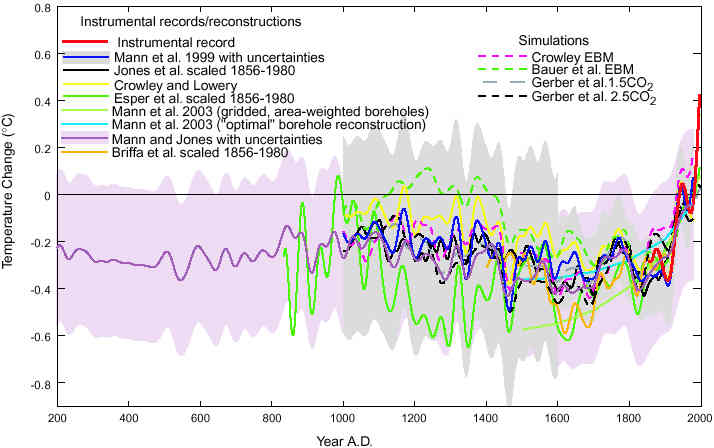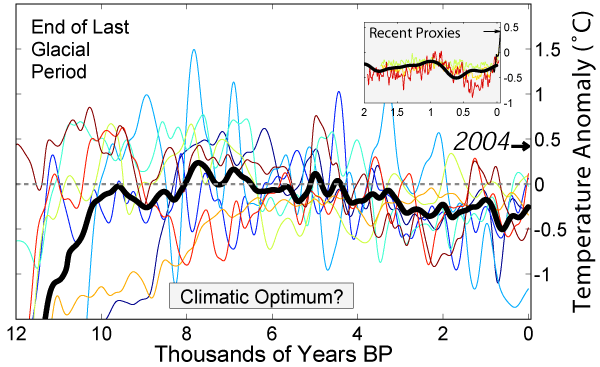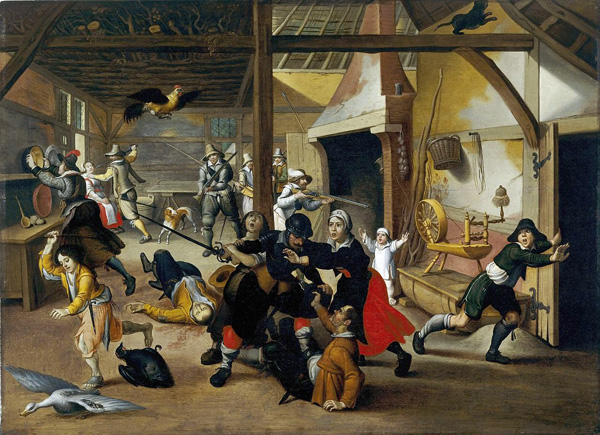 The
Challenge of Calvinism
The
Challenge of Calvinism
I. A Second Reformation?
A. Calvin's View of Himself
B. Guiding Principles: The Majesty of God and Liturgical Purism
C. The Reformed Model
of Church Governance
II. The Wars of Religion
in France (1562-1598)
A. Why Were they So Ferocious?
1. Centralization and a Power Vaccum
2. Competition among the Magnates
3. Absence of Mediating Institutions
4. Militant Christianities
B. The Course of the Wars
Image: “A survey, or Table declaring the order of the causes of Salvation and Damnation”
Map: Image Breaking in the Netherlands, 1566
Image:
Pieter Saenredam (1597-1665), Interior of the Church of St. Odulphus,
Assendelft (1649)
Image:
A Schriftaltar in the Church of St. Ludger, Norden
Image:
The 'Paradis' Church in Lyon, ca. 1564
Chart:
The Genevan Model of Church Governance (1541)
Image:
The Death of Henri II (10 July 1559)
Map:
The Spread of Calvinism in France
Chart: Publishing in
Calvin's Geneva, 1536-1572
Image:
Procession of the Catholic League (1590)
Image above: The City of Geneva and its Environs (1552). Source: Sebastian Münster, La Cosmographie Universelle (Basel: Petri, 1552). Image source: Historic Cities. Image right: Jean Calvin (1509-1564)
.jpg)

.jpg)






